Application is now the heart of modern organisations. This empowers various aspects, including business operations, customer engagement, and innovations. With the constant growth in technology, the complexity also grows, increasing threats and situations of cyberattacks. This is where strong security for applications becomes essential. In 2025, the digital environment has experienced new threats and rapid changes in software, making it essential for businesses to choose smarter security solutions. Several businesses nowadays use AI-driven tools that can instantly find and fix bugs and protect applications. In this blog, we will be guiding you through the Top 10 Application Security Tools in 2025 that can help you make your application secure.
| Tool | Best For | Key Strengths & Innovations |
| Apiiro | Deep risk intelligence in supply chains | Full-stack contextual analysis, prioritizes based on business impact, seamless CI/CD and source control integration |
| Mend.io | AI-driven, unified enterprise AppSec | Covers source code, open source, containers, AI-generated logic—context-rich auto-remediation, AI Bill of Materials |
| Burp Suite | AI-augmented manual and automated testing | Adaptable AI scanners, real-time traffic learning, leading dynamic analysis |
| PentestGPT | Automated offensive/defensive AI-guided pentesting | Generative AI for custom attack simulation, interactive analyst support |
| Garak | Security for AI-infused and generative app interfaces | Designed for LLMs, prompt injection defense, privacy and model integrity testing |
| Jit | Streamlined dev-centric AppSec | Automated policy enforcement, rapid vulnerability detection, easy DevOps workflows |
| Semgrep | Customizable static analysis at scale | Fast, developer-friendly SAST with complex ruleset support |
| OSV Scanner | Open source vulnerability management | Aggregates public vulnerability data, actionable insights for OSS dependencies |
| Snyk | Integrated DevSecOps and cloud-native security | End-to-end SCA, container security, configuration analytics, broad integration |
| Checkmarx | Comprehensive enterprise code security | Large-scale SAST platform, agile SDLC integration, powerful for regulated environments |
Why Application Security Tools Matter in 2025
Every digital activity—whether it’s a transaction, a collaboration, or a workflow—depends on how secure the underlying applications are. But attackers often take advantage of weaknesses in these apps. Since applications keep changing quickly, it’s hard for security teams to manually test and review them on time.
The increasing need for microservices, APIs and generative AI has made app security tools more complicated. Although these technologies are creating new opportunities for innovation, they are also opening up gates for cyber attacks.
To deal with these risks, several businesses are now relying on AI based application security tools. These tools can adapt in real time, automatically spot the cyberattack patterns, and can even predict possible threats. Instead of just identifying issues within your application, these tools also help in fixing it, making sure security is built into every stage.
Best Practices for Using Application Security Tools
- Shift Security Left: Integrate tools early, identifying vulnerabilities before production.
- Combine Approaches: Mix AI tools with traditional SAST (Static), DAST (Dynamic), and manual code reviews.
- Enable Continuous Learning: Opt for solutions that evolve via real-world threat intelligence and feedback.
- Keep Humans in the Loop: Use AI to advise, not replace, expert analysts.
- Ensure Compliance: Confirm that tools map findings to frameworks like SOC 2, HIPAA, and GDPR.
Top 10 Application Security Tools in 2025
Below is a curated list of the top-performing and most innovative application security tools leading the market in 2025. Each entry is selected based on technological advancement, industry adoption, AI integration, and ability to deliver actionable risk reduction.
In-Depth Profiles of Leading Application Security Tools
Apiiro
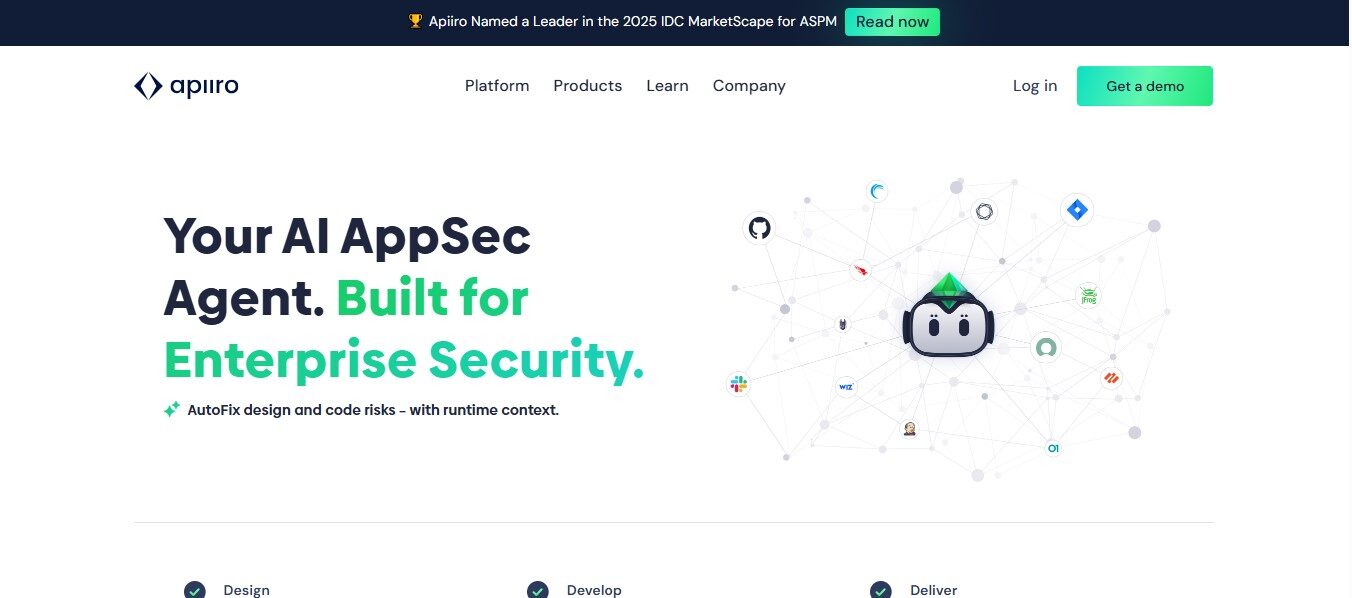
Apiiro comes in the first position in the list of Top 10 Application Security Tools in 2025 as it focuses more on risk intelligence for the software supply chain. It maps vulnerabilities to developer behaviors and business context, not just static code scans. Its AI engines ingest signals from source control, CI/CD pipelines, and cloud settings—allowing security to focus on what matters most for the business. Fortune 500s use Apiiro to drive down critical risk across distributed teams.
Mend.io
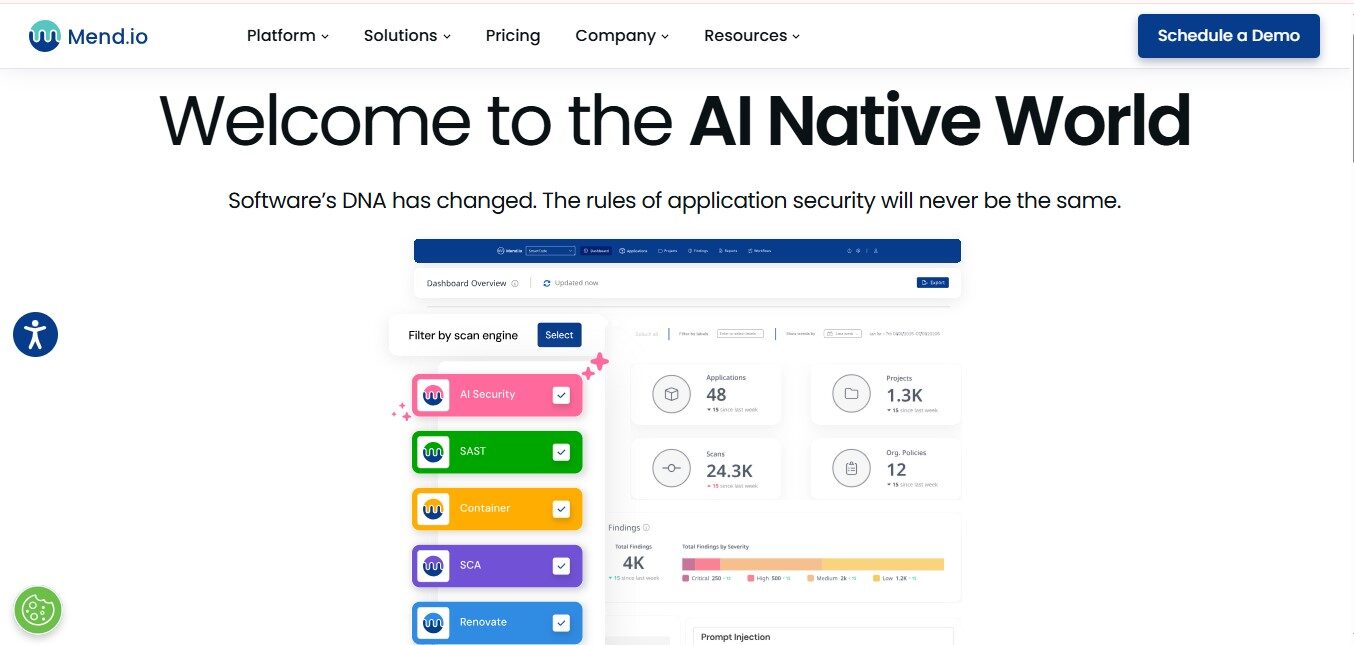
As the first AI-native AppSec platform, Mend.io excels at securing code—human or AI-generated—across custom, open source, and containerized environments. Advanced analytics drive remediation suggestions and Mend.io’s comprehensive AI Bill of Materials (AI-BoM) gives teams transparency on all AI usage in their stacks.
Burp Suite
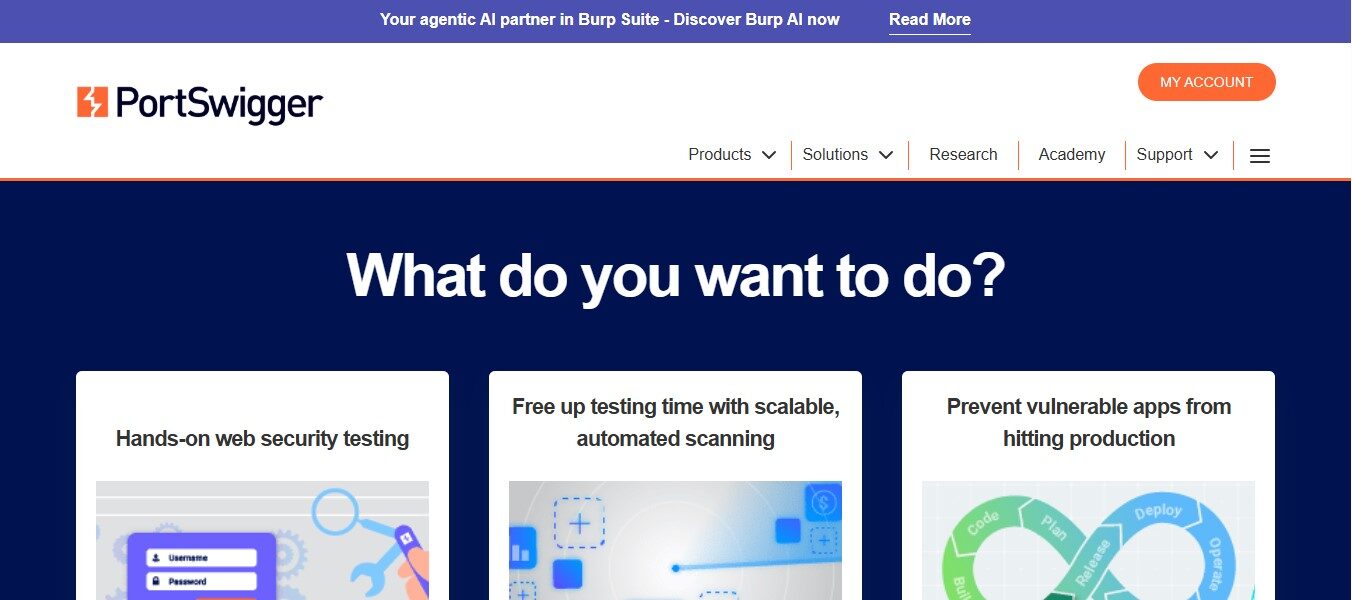
Burp Suite remains the gold standard for professionals needing both automation and deep manual control. Its machine learning modules spot variable attack vectors, adjust to changing application logic, and deliver detailed technical reports supporting rapid fix cycles.
PentestGPT

PentestGPT is one of the best tool in the list of Top 10 Application Security Tools in 2025. Automating the tactics of real attackers, PentestGPT brings generative AI to security testing. It simulates human creativity, identifies novel attack vectors, and provides hands-on learning for blue and red teams. PentestGPT is favored by organizations wanting to benchmark app defenses under highly realistic conditions.
Garak
With the surge in AI-powered applications, Garak addresses risks from language models and generative APIs—situations legacy tools miss. It tests safety, privacy, and model injection in conversational and AI-embedded user flows, serving the fastest-growing risk domain in the industry.
Jit
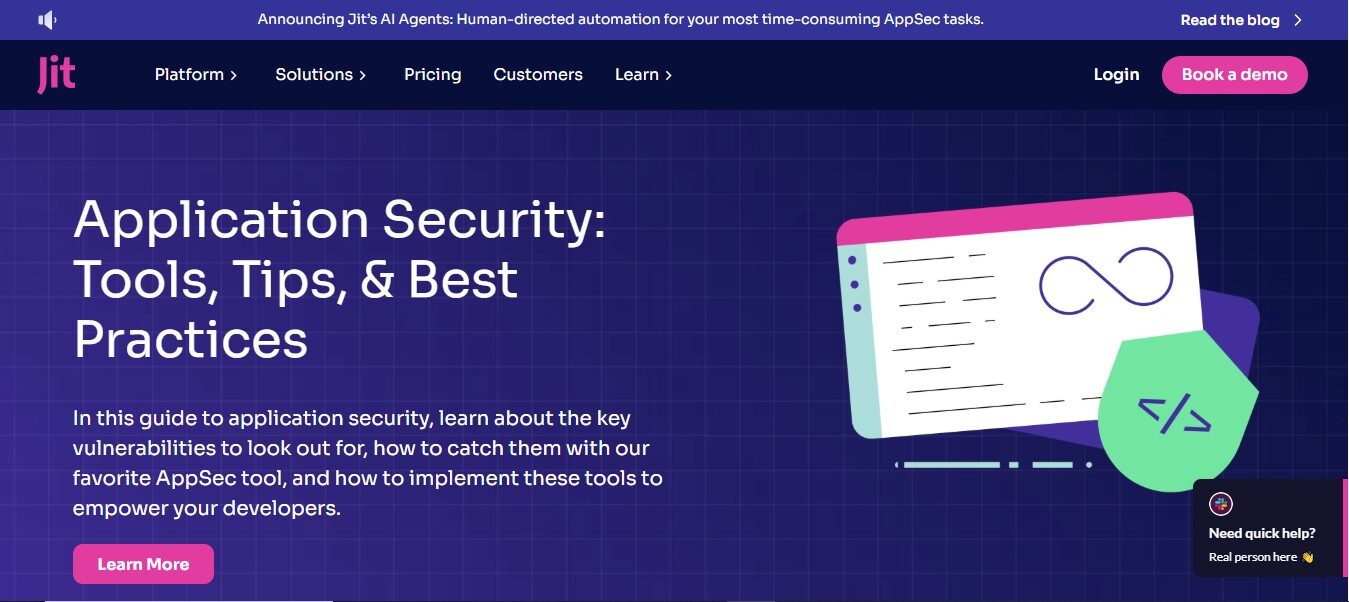
Jit makes security accessible for every developer, automating best practices and policy enforcement via simple DevOps integrations. Its lightweight, developer-focused UI reduces friction and improves adoption, ideal for startups and agile teams.
Semgrep
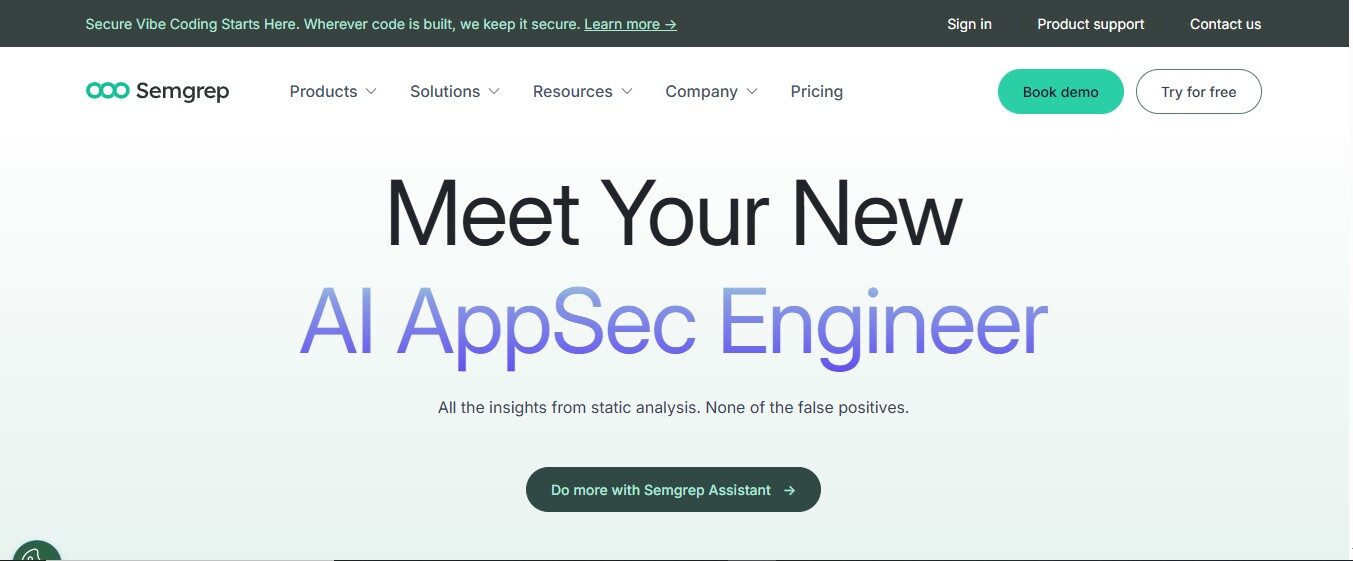
Renowned for flexible, customizable static analysis, Semgrep empowers organizations to build bespoke detection rules, integrating them directly into Git-based workflows. Its growing open-source rules repository accelerates deployment for both common and unique risks.
OSV Scanner
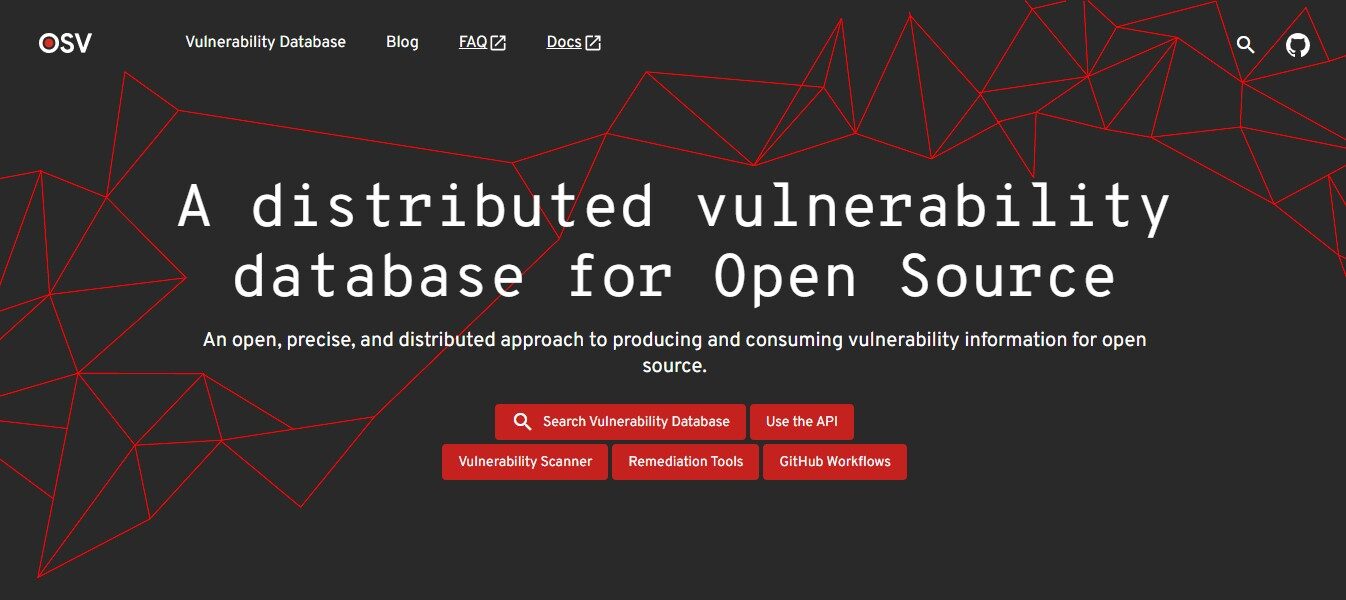
Focusing exclusively on open-source vulnerabilities, OSV Scanner imports data from major public sources and aligns issues directly with project dependencies. This enables organizations to rapidly respond to headlines or emerging exploits in third-party code.
Snyk
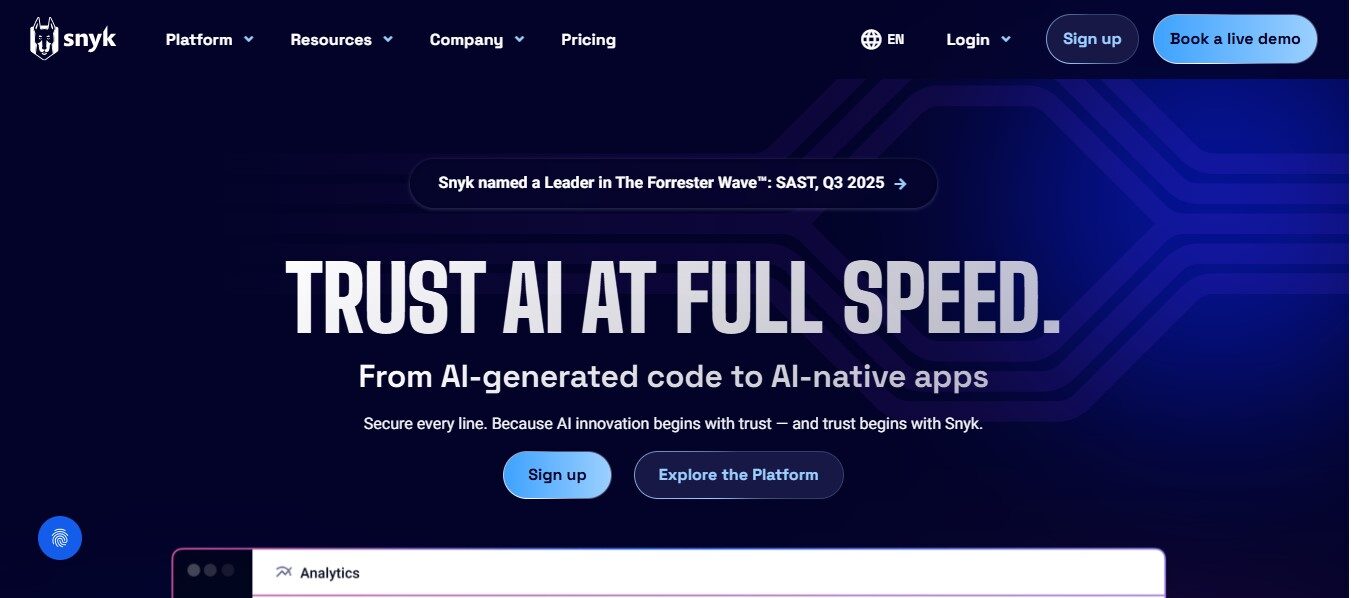
Snyk’s strength lies in combining software composition analysis (SCA) with cloud configuration and code scanning. From open-source risks to container leaks, Snyk secures the modern application stack and empowers developers with in-IDE fix recommendations.
Checkmarx
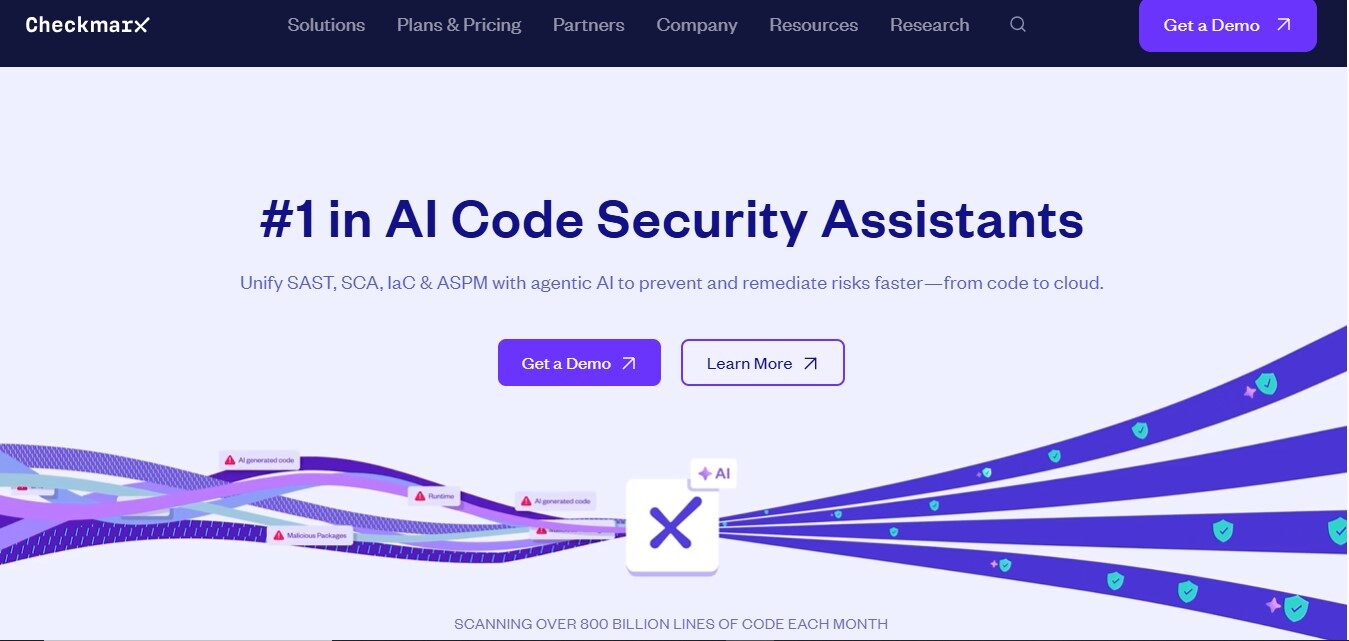
A foundational tool for large organizations, Checkmarx’s powerful SAST engine, broad language support, and advanced reporting ensure regulatory compliance and continuous risk reduction at scale. It’s a preferred choice for highly regulated industries.
Key Features of Modern Application Security Tools
- Intelligent Vulnerability Detection: AI-enhanced models adapt to new threats, automate pattern discovery, and maintain coverage at the pace of change.
- Automated Remediation Guidance: Context-specific fix suggestions—often down to the line of code—accelerate response, reducing developer burden.
- Continuous Monitoring: Instead of point-in-time snapshots, leading tools analyze live behavior, API calls, and traffic for real-time risk detection.
- Risk Prioritization: AI sorts findings by exploitability, business impact, and live threat data, ensuring teams fix what really matters first.
- Workflow Integration: Deep hooks into CI/CD, issue trackers, and developer tooling empower agile DevSecOps and governance.
The Future: Building Resilient Software With AI
The modern application security tools not just block threats; they also enable safe and rapid innovation of your application. The above-mentioned leaders perfectly blend AI power with developer usability, compliances and unpacked visibility into software risk. As cyber attractions include threats, data leakage and financial losses, these application security tools assure trusted digital transformation and act as a backbone of resilience.


